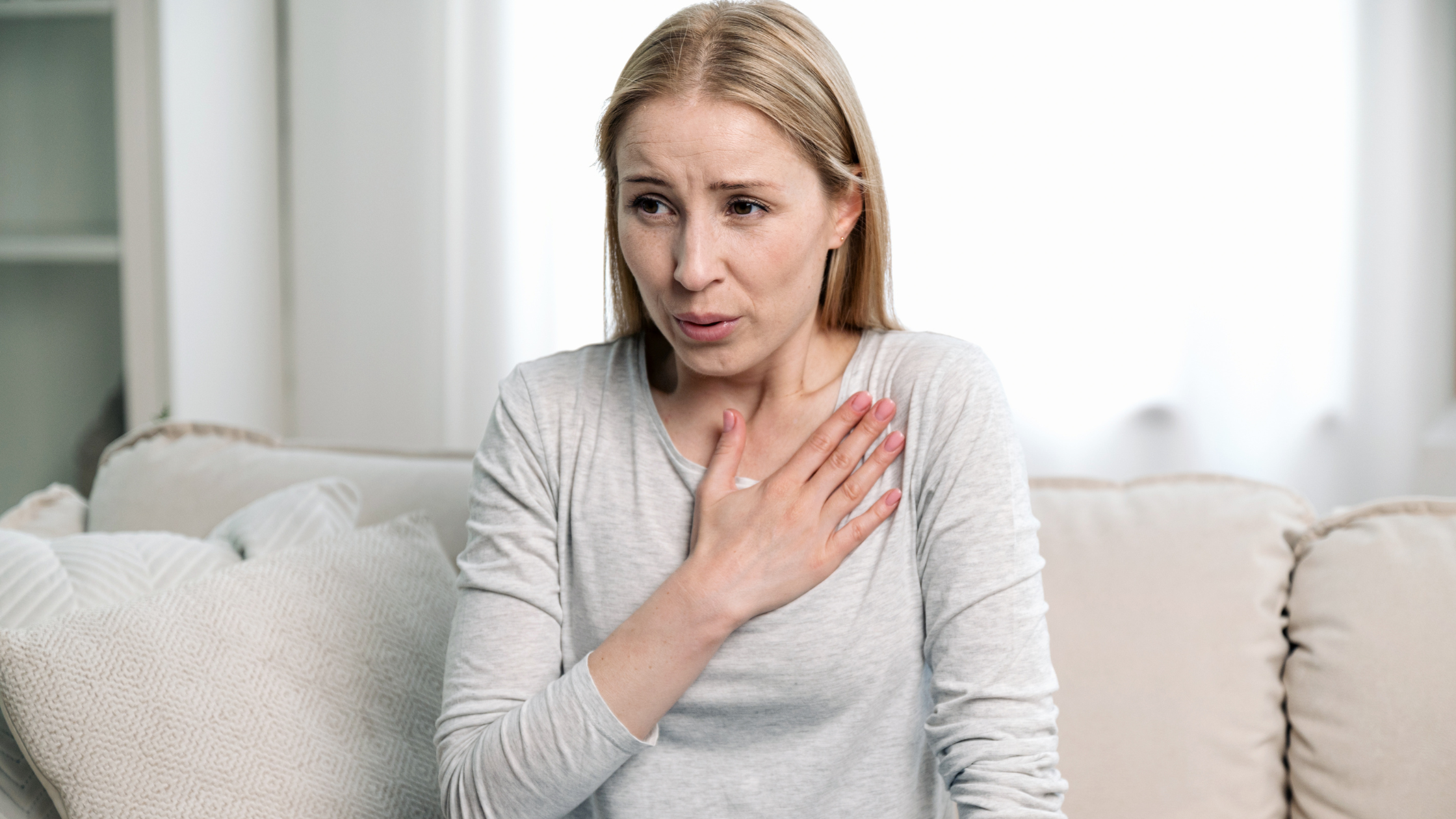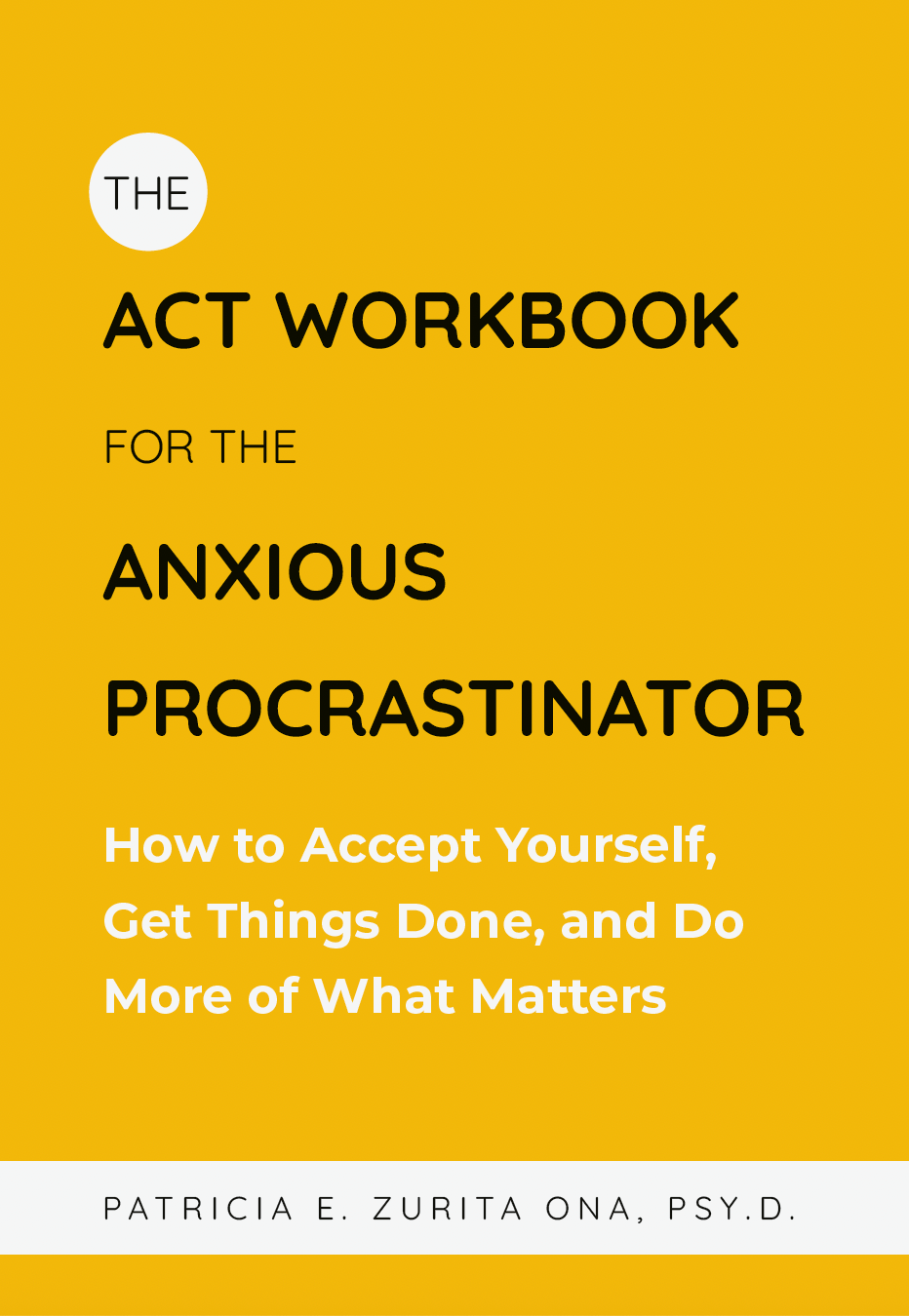
Panic attacks can feel overwhelming, confusing, and even frightening—but you are not alone, and help is available. Let’s talk about what panic attacks are, why they happen, and what you can do to manage them with care and confidence.
What Is a Panic Attack?
A panic attack is a sudden surge of intense fear or discomfort that often comes out of nowhere. During an attack, your body and mind respond as if you’re in real danger, even if you’re actually safe. This can lead to a variety of physical sensations—like a racing heart, shortness of breath, sweating, dizziness, or tingling in your hands. Emotionally, you might feel like you’re losing control, “going crazy,” or even fear you’re having a heart attack or dying.
These experiences are very real and can feel terrifying, especially if you don’t know what’s happening. Many people end up seeking emergency medical care, only to learn that their symptoms are related to anxiety rather than a physical illness.
According to the Diagnostic and Statistical Manual of Mental Disorders (DSM-5; American Psychiatric Association, 2013), panic attacks are classified as a type of anxiety response — not a medical emergency.
Why Do Panic Attacks Happen?
When you have a panic attack, your body’s natural “fight-or-flight” system is triggered. This system is designed to protect you from danger by preparing your body to act quickly. But during a panic attack, this alarm goes off even when there’s no real threat—often because of a misinterpretation of normal physical sensations, like a flutter in your chest or a quickened heartbeat.
Over time, the fear of having another panic attack can lead to avoiding certain places or activities. This is a common response, but it can make life feel smaller and more stressful.
What happens next is called the “panic cycle:”
- You feel a strange sensation (like a flutter in your chest)
- You interpret it as dangerous (“What if I’m dying?”)
- Your fear triggers more adrenaline
- Your body reacts even more
- The fear escalates
This cycle reinforces itself, creating the feeling of losing control.
Why Panic Attacks Seem to Come Out of Nowhere
Panic attacks can be triggered by stress, caffeine, sleep loss, or even subtle internal sensations like increased heart rate or shallow breathing. Over time, people may develop — anticipatory anxiety — the fear of having another panic attack — which actually increases the risk of future attacks.
Avoidance becomes a common coping strategy: avoiding driving, social events, or places where previous panic attacks happened. But unfortunately, avoidance reinforces the belief that those situations are dangerous.
You’re Not Alone
Panic attacks are more common than many people realize. About one in four people will experience at least one panic attack in their lifetime, and millions live with panic disorder—a pattern of recurring attacks and worry about future ones.
What Does a Panic Attack Feel Like?
Everyone’s experience is a little different, but common symptoms include:
-
Rapid or pounding heartbeat
-
Shortness of breath or hyperventilation
-
Chest pain or tightness
-
Sweating or chills
-
Dizziness or lightheadedness
-
Tingling or numbness
-
Nausea
-
Fear of losing control, fainting, or dying
It’s important to remember that while these sensations are intense, they are not dangerous. They will pass, even if it feels scary in the moment.
Case examples
Let’s think for a moment of Peter who avoids going to the grocery store near his house due to fear of experiencing another panic attack like he did 4 months ago.
He will drive across town to go to a different store to try and ensure he does not have another panic attack. When going to other places, Peter will take alternate routes to avoid driving past the grocery store where he once had a panic attack.
When having a panic attack, Peter becomes warm and sweaty, his heart races and his mind tells him things like: “It feels like I am going to die,” “I have to get away from here,” “am I going crazy?”
Panic Attacks Feel Terrifying: “It felt like I was dying.”
Samantha was standing in line at the grocery store when it started. Out of nowhere, her chest tightened. Her heart started racing. She felt dizzy, like the room was spinning. She thought: Am I having a heart attack? Am I going to faint in front of everyone?
She abandoned her cart and rushed to her car, shaking and gasping for air. After a few minutes, the symptoms eased—but the fear didn’t. For weeks, she avoided grocery stores entirely, afraid it would happen again.
Good news
If you’ve ever had an experience like Samantha or Peter, you are not alone. Panic attacks are surprisingly common — about one in four people will experience at least one in their lifetime — and around 4.7% of U.S. adults live with panic disorder (Kessler et al., 2006).
Panic attacks are treatable.
What Actually Helps: Evidence-Based Tools for Panic
Here’s what research shows can genuinely help:
- Label It: “This Is a Panic Attack”
Naming what’s happening reduces fear and helps re-engage the thinking brain. - Slow Your Breathing — Gently
Many people try to take deep breaths during a panic attack, but it’s more helpful to breathe slowly and evenly, preferably through the nose. - Stay Where You Are — And Let the Wave Pass
Panic attacks feel like they’ll last forever, but they actually peak and subside within 5–10 minutes.Instead of escaping the situation, try staying present and observing the sensations like a wave that rises and falls. This approach is supported by exposure-based therapy, which helps retrain your brain to stop reacting to false alarms.
- Try Interoceptive Exposure
This technique involves gently exposing yourself to feared physical sensations (like spinning in a chair or running in place). Done in therapy, it helps reduce fear of bodily sensations. - Take Values-Based Action
Instead of trying to control the panic, focus on doing something that matters. For example, if spending time with your child is important to you, go to their soccer game—even if your heart is pounding. This approach is rooted in Acceptance and Commitment Therapy (ACT), which emphasizes values and psychological flexibility.
When to Get Help
If panic attacks are interfering with your daily life, relationships, or sense of freedom, it’s time to reach out.
The gold standard treatments for panic disorder include:
- Cognitive Behavioral Therapy (CBT)
- Exposure Therapy
- Acceptance and Commitment Therapy (ACT)
- In some cases, medication may also be part of treatment
Most people experience significant improvement within a few months of starting therapy. According to a large meta-analysis, CBT has a strong effect size for treating panic and anxiety disorders.
References
Barlow, D. H. (2002). Anxiety and Its Disorders: The Nature and Treatment of Anxiety and Panic. Guilford Press.
Clark, D. M. (1986). A cognitive approach to panic. Behaviour Research and Therapy, 24*(4), 461–470.
Craske, M. G., et al. (2007). Cognitive-behavioral therapy for panic disorder and agoraphobia. Psychiatric Clinics of North America, 30*(3), 671–688.
Hofmann, S. G., et al. (2012). The Efficacy of Cognitive Behavioral Therapy: A Review of Meta-analyses. Cognitive Therapy and Research, 36 (5), 427–440.
Meuret, A. E., Wilhelm, F. H., Ritz, T., & Roth, W. T. (2003). Feedback of end-tidal pCO₂ as a therapeutic approach for panic disorder. *Journal of Psychiatric Research, 37*(3), 237–245.






